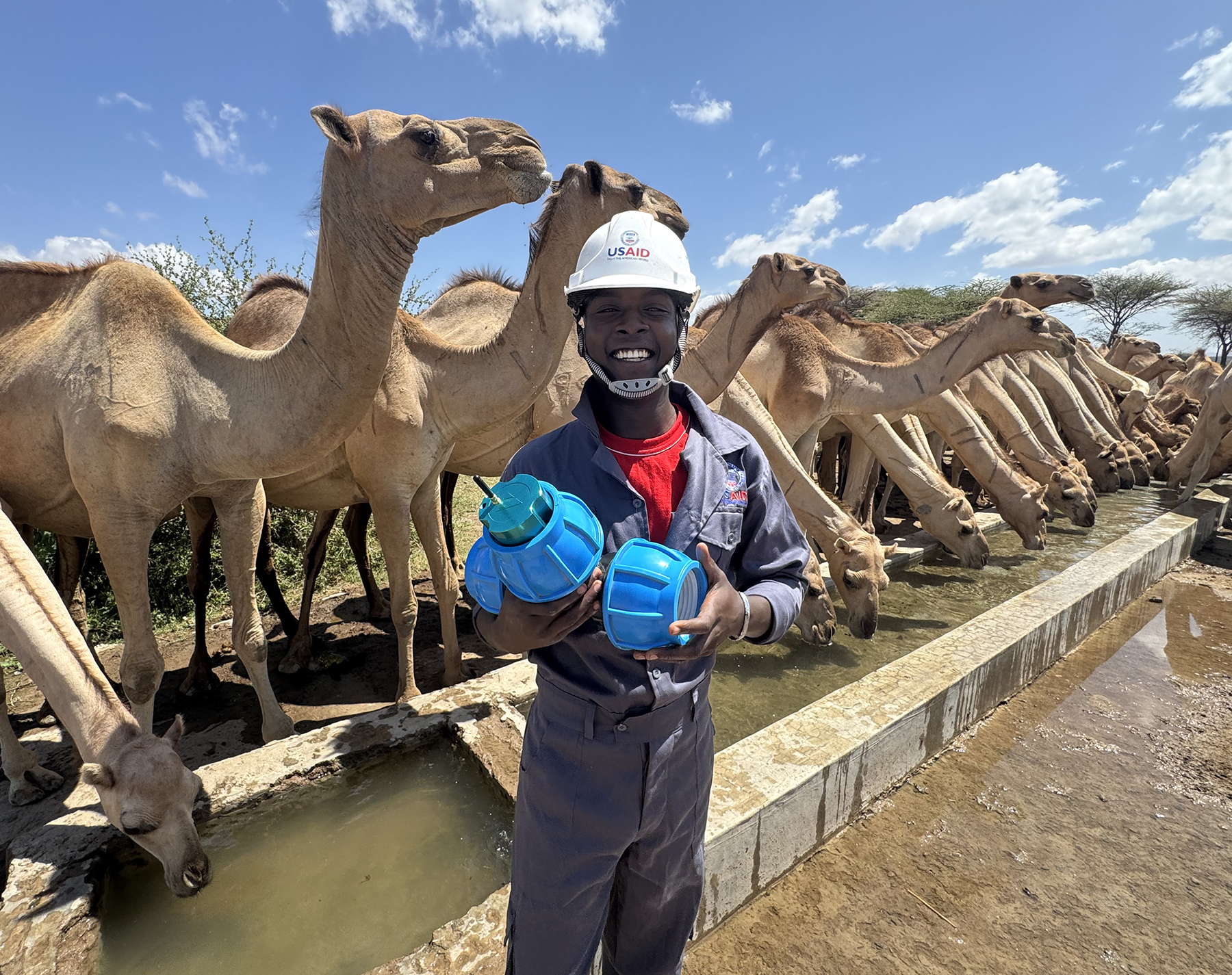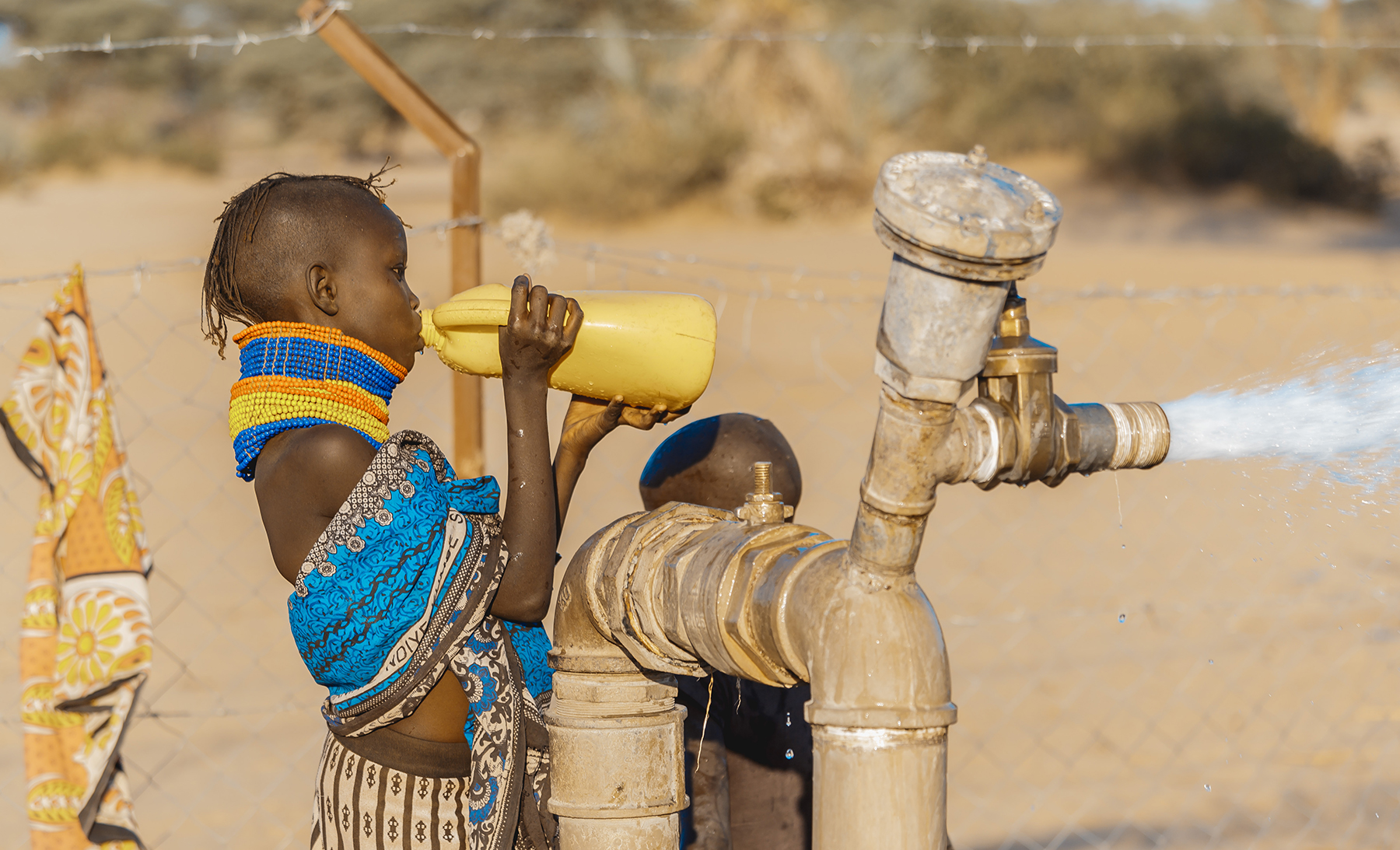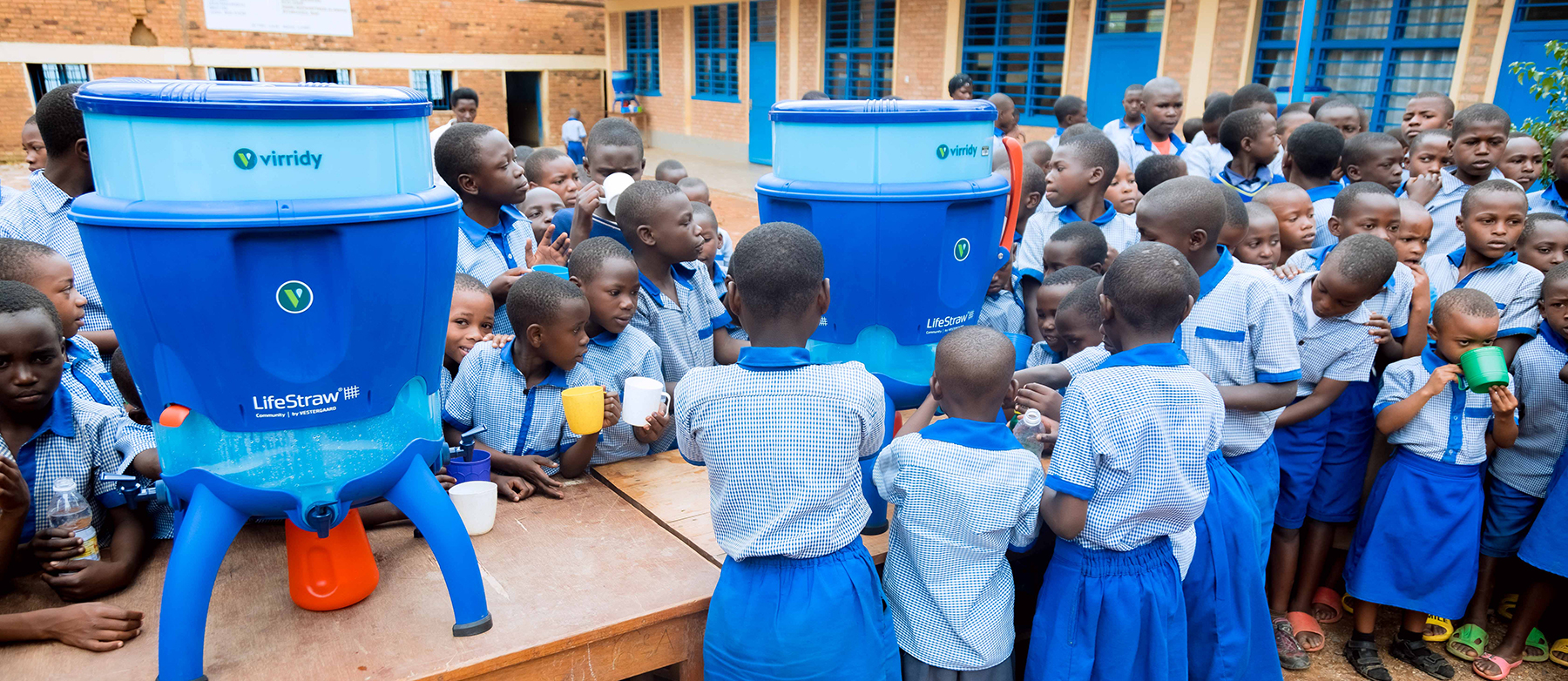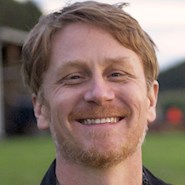 Courtesy of Mortenson Center
Courtesy of Mortenson Center Last year, researchers from water research institute Eawag, with support from several leading global organizations, reported that more than half the world’s population – over 4 billion people – have fecal contamination in their drinking water.
Based on models developed for the study, the researchers found that only one in three people across 135 low- and middle-income countries used safely managed drinking water services in 2020.
“Water security is a problem that is getting worse in many places because of climate change,” said Evan Thomas, P.E., Ph.D., director of the Mortenson Center in Global Engineering and Resilience at the University of Colorado Boulder. “Water is the first thing affected by a changing climate. It makes dirty water dirtier and droughts and floods more severe. And it happens to the people and places that are the least responsible for climate change but the most susceptible.”
Further reading:
- America is in a water crisis, but help is on the way
- Book highlights efforts to solve global water-access challenges
- What can civil engineers do to prevent another Flint water crisis elsewhere?
The Mortenson Center is spearheading an effort to expand access to clean water supplies for millions worldwide. In 2007, Thomas led the development of the world’s first United Nations Clean Development Mechanism program in Rwanda, which generates carbon credits when water treatment reduces the need to boil water with firewood or fossil fuels, thereby limiting emissions.
 Courtesy of Mortenson Center
Courtesy of Mortenson CenterThis was followed in 2010 by the first-ever Gold Standard voluntary program in Kenya. Purchases of carbon credits create ongoing revenue streams to fund operations and maintenance. In total, the team has reached over 5 million people for at least 10 years with clean water.
Today, the center supports clean drinking water services for an additional 1 million people across Rwanda, Kenya, the Democratic Republic of the Congo, and Madagascar. According to the center, these programs are on track to reach 3 million more people by 2030 while generating over 1 million carbon credits.
A sustainable water services model
The Mortenson Center’s programs have endured because they are designed around the principle that clean water must be treated as a long-term service requiring sustainable financing.
“Many past efforts to develop water systems in low-resource settings have failed because they were based on onetime infrastructure projects,” Thomas said. “The built-in assumption is that donors or grant programs will cover the capital expenses, but communities are responsible for the full costs and skills of delivering water services. Unlike in wealthier countries, which heavily subsidize water for their populations, the development sector has often expected low-income communities to maintain drinking water systems on their own, which is simply not economically feasible.
“That’s why roughly half of the water systems in these communities fail within the first two years.”
Carbon credits provide a continuous source of investment tied to performance. Programs receive funds for delivering clean water and are regularly audited – creating incentives to maintain water supply systems. The carbon credit methodology requires implementers to measure water quality at the household level.
“Even if the program is a pump in a village or a distributed water tank, the carbon credits are proportional only to the number of people actually receiving microbially safe drinking water,” Thomas said.
Verifying performance
To provide validation that clean water is reaching the people it is intended to serve, the Mortenson Center has developed and commercialized a suite of internet-connected monitoring technologies, including a water-quality sensor that uses tryptophan-like fluorescence and machine learning to detect E. coli contamination in real time. The tools are deployed across more than 10 countries.
“The fecal contamination sensor can be directly integrated in a pipe, water filter, well, or water pump to continuously monitor exposure,” Thomas said. “We use it to help operate our distributed programs, but it is also part of the evidence base – demonstrating that our projects are working and clean water is accessible to these communities.”
Addressing equity barriers
Thomas and his team developed the climate financing mechanism as a derivative of existing methodologies that generate carbon credits for efficient household cookstoves that consume less fuel. Approval was secured through the United Nations and Gold Standard frameworks under a concept known as “suppressed demand,” which became central to the success of the programs.
“People are boiling water so they can drink it, but often they lack access to fuel sources and can’t boil at all, which means they’re drinking untreated water,” Thomas explained. “As such, the justification for carbon credits is based on the premise that people either boiled water or they had demand to boil water. In underserved countries, especially those in Africa, suppressed demand refers to the demand for energy that is not being met because of poverty.”
If an intervention can be shown to address that unmet demand, it can qualify for carbon credits, according to Thomas. He noted that roughly 20% of the generated credits reflect emissions avoided by reducing the need to boil water, while about 80% are tied to suppressed demand.
“That has been controversial; some argue these are phantom credits,” Thomas said. “But from our perspective, it improves equity in climate financing and provides a climate reparation for negatively impacting water access in developing countries. Now that financing is being unlocked, we can make sure it reaches the people who need it most.”
In addition to the millions who have gained access to clean water through Mortenson Center programs, upward of another 12 million have received safe drinking water services from governments, nongovernmental organizations, and private company programs that have adopted the center’s methodologies and financing models.
“This is particularly important now with the elimination of (the U.S. Agency for International Development), which historically has represented about half of foreign aid globally and roughly 80% of all foreign aid from the United States,” Thomas said. “We need to be much more efficient with the resources and programs that are available.”
 Courtesy of Mortenson Center
Courtesy of Mortenson Center


